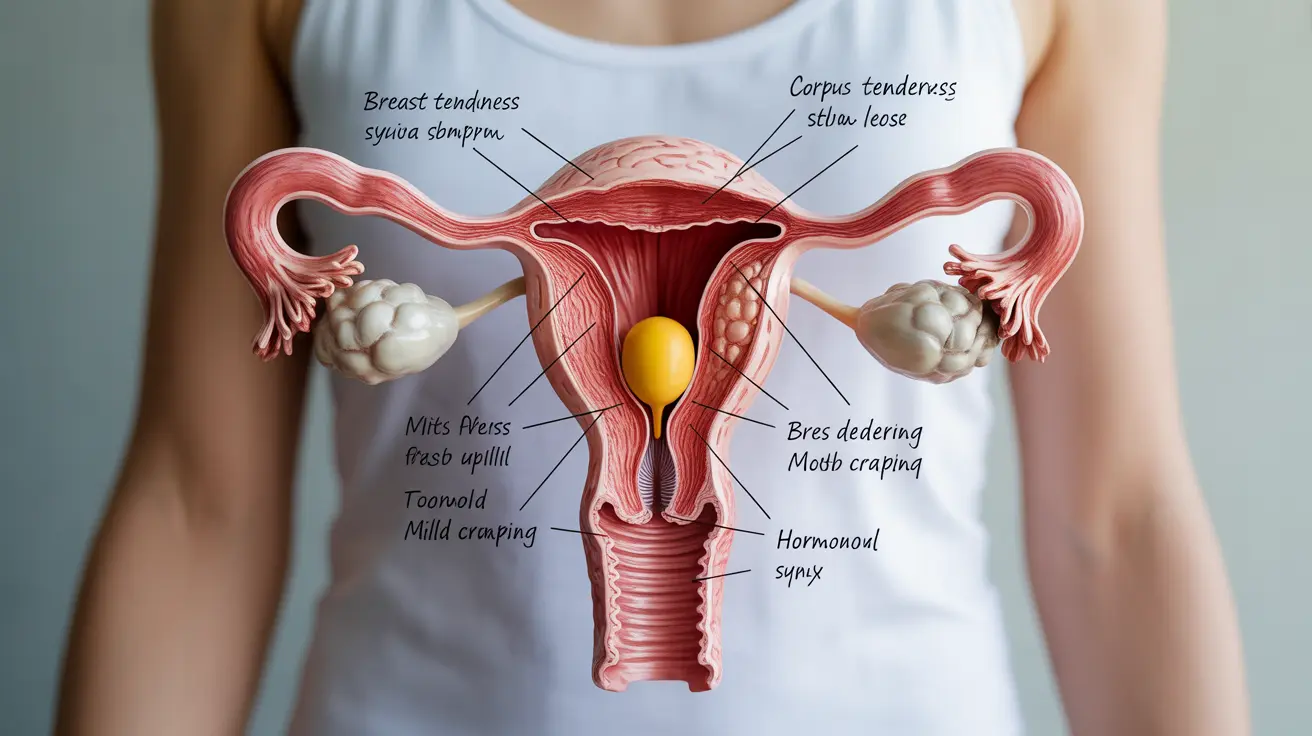The days following ovulation can be filled with anticipation, especially if you're trying to conceive. At 4 days past ovulation (4 DPO), many women begin paying close attention to their bodies for potential early pregnancy signs. Understanding what's normal during this early stage can help manage expectations and reduce anxiety.
While 4 DPO is very early in the potential pregnancy journey, it's important to recognize that any symptoms experienced at this time are primarily due to hormonal changes following ovulation rather than pregnancy itself. Let's explore what you might experience during this crucial period.
Understanding the 4 DPO Timeline
At 4 DPO, your body is in the early luteal phase of your menstrual cycle. During this time, the corpus luteum (formed after ovulation) produces progesterone, which can cause various physical changes. If fertilization has occurred, the fertilized egg would still be traveling through the fallopian tube and hasn't yet reached the uterus for implantation.
Common Symptoms at 4 DPO
Hormonal Changes
The surge in progesterone levels can trigger several physical sensations, including:
- Breast tenderness or sensitivity
- Mild fatigue
- Slight mood changes
- Mild cramping or twinges
- Changes in cervical mucus
Physical Sensations
Many women report experiencing various physical symptoms at 4 DPO, though these aren't necessarily indicators of pregnancy:
- Bloating
- Mild headaches
- Changes in appetite
- Lower back discomfort
- Slight nausea
Understanding Early Pregnancy Detection
It's important to note that at 4 DPO, it's too early to detect pregnancy through traditional methods. Implantation typically occurs between 6-12 days after ovulation, and pregnancy hormones need time to build up to detectable levels.
Timing of Pregnancy Tests
For the most accurate results, it's recommended to:
- Wait until at least 12-14 days past ovulation
- Use first morning urine for testing
- Choose a sensitive early detection pregnancy test
- Consider tracking your basal body temperature
Distinguishing Between Pregnancy and PMS Symptoms
At 4 DPO, it can be challenging to differentiate between potential pregnancy symptoms and regular premenstrual symptoms. This is because both are influenced by similar hormonal changes, particularly progesterone.
Frequently Asked Questions
What symptoms can I expect at 4 days past ovulation (4 DPO), and are they signs of pregnancy?
At 4 DPO, you might experience breast tenderness, mild fatigue, and slight cramping. However, these symptoms are primarily due to progesterone production after ovulation and aren't necessarily indicators of pregnancy, as it's too early for pregnancy-specific symptoms.
How can I tell the difference between 4 DPO symptoms and normal premenstrual symptoms?
At 4 DPO, it's virtually impossible to distinguish between early pregnancy and PMS symptoms, as both are caused by similar hormonal changes. The only definitive way to confirm pregnancy is through a pregnancy test after the recommended waiting period.
Is it possible to have implantation bleeding or spotting at 4 DPO?
No, implantation bleeding typically occurs 6-12 days after ovulation when the fertilized egg implants in the uterine wall. Any spotting at 4 DPO is likely due to other factors, such as hormonal changes or ovulation-related bleeding.
When is the best time to take a pregnancy test after ovulation to get an accurate result?
For the most accurate results, wait until at least 12-14 days past ovulation before taking a pregnancy test. Testing too early can lead to false negatives as pregnancy hormones need time to build up to detectable levels.
Why do I feel tired, experience breast tenderness, or cramps at 4 DPO if I'm not pregnant?
These symptoms are common during the luteal phase of your menstrual cycle due to increased progesterone production by the corpus luteum. They can occur whether or not conception has taken place, as they're part of your normal menstrual cycle.




